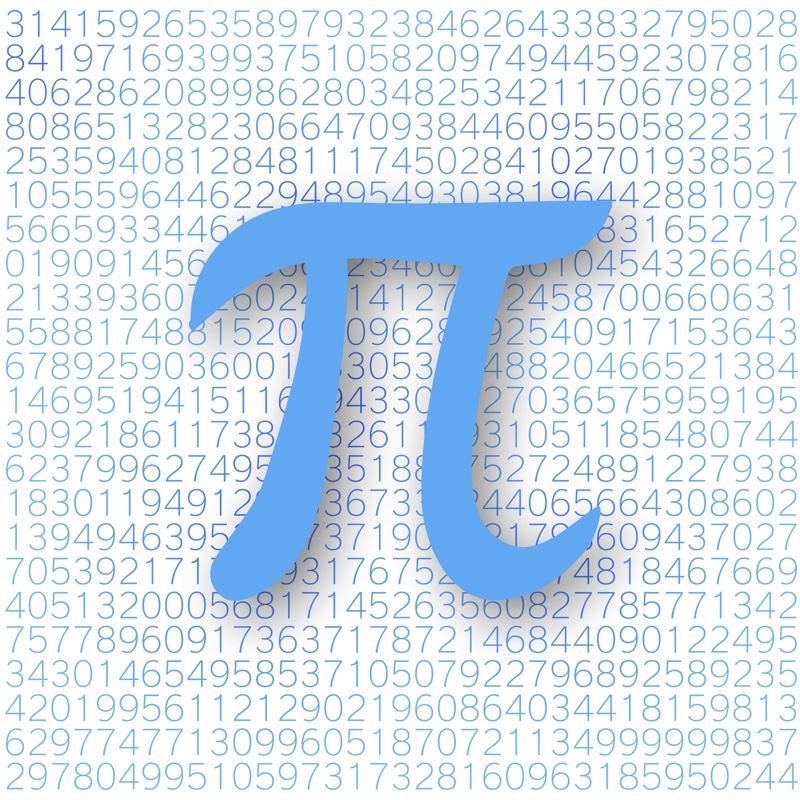Irrational Partying: Happy Pi Day!

3.141592 … wait, what comes next? Doesn't matter — for the purposes of today's date, the first three digits of pi are the important ones.
Today, 3/14, is Pi Day, the math nerd's holiday celebrating the ratio of a circle's circumference to its diameter. Pi, also written as the Greek letter π, is an irrational transcendental number. That means it can't be written as a fraction, and its decimal places continue, well, forever. (The fraction 22/7 is often used as a close estimate of pi in fractional form.)
Pi Day was the brainchild of physicist Larry Shaw at the San Francisco Exploratorium, which has been holding special events on March 14 for 28 years running. To add to the fun, Pi Day is also the birthday of famed physicist Albert Einstein. In 2009, the U.S. House of Representatives passed a resolution supporting Pi Day and "its celebration around the world." The goal, according to the resolution, is to engage children in the study of mathematics and science. [That's Big! The 9 Most Massive Numbers in Existence]
Pi Day is usually celebrated with math puzzles, like one released each year by NASA's Jet Propulsion Laboratory (JPL). The consumption of pie and other round foods is also a popular Pi Day pastime. Last year's holiday was marked by some particularly enthusiastic celebrations, as the date — 3/14/15 — spelled out an additional two digits of pi. At SXSW (South by Southwest festival), revelers counted down to 9:26 a.m. and 53 seconds to spell out the first 10 digits of pi.
Pi has been calculated out to more than a trillion digits, with no discernable pattern. Reciting as many digits as possible has become a memorization challenge. The Guinness World Records lists Chao Lu as the current record holder for reciting the most digits of pi (67,890), though there are validated claims of the recitation of more than 100,000 digits. The trick to memorizing the number, for many, is to turn pi into words, often using a "language" called Pilish. The language uses the number of letters in a word to represent a digit of pi. For example, this mnemonic: "How I want a drink, alcoholic of course, after the heavy lectures involving quantum mechanics." (3.14159265358979)
But pi isn't just about parties and party tricks. The number is used on a daily basis by engineers, physicists and mathematicians. At NASA JPL, rocket scientists use formulas including pi to calculate planetary rotations, the orbits of spacecraft and the surface area of celestial bodies. The simplest equations involving pi are used to find the circumference and area of a circle: C=2 πr (circumference equals two times π times the radius) and A= πr2 (area equals π times the radius squared).
Follow Stephanie Pappas on Twitterand Google+. Follow us @livescience, Facebook& Google+. Original article on Live Science.
Get the world’s most fascinating discoveries delivered straight to your inbox.

Stephanie Pappas is a contributing writer for Live Science, covering topics ranging from geoscience to archaeology to the human brain and behavior. She was previously a senior writer for Live Science but is now a freelancer based in Denver, Colorado, and regularly contributes to Scientific American and The Monitor, the monthly magazine of the American Psychological Association. Stephanie received a bachelor's degree in psychology from the University of South Carolina and a graduate certificate in science communication from the University of California, Santa Cruz.


